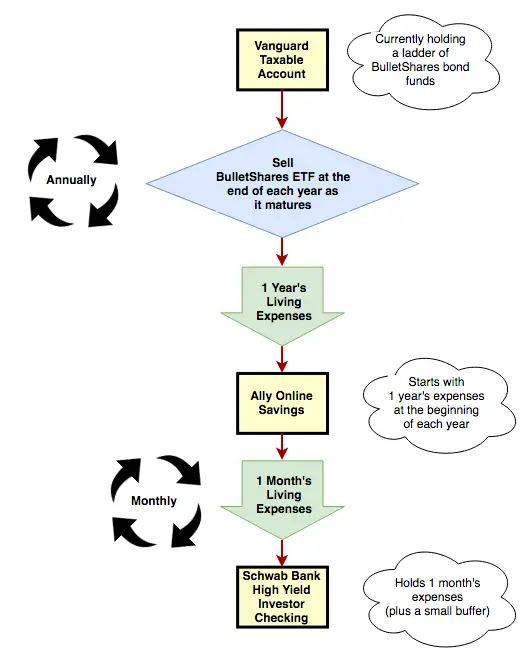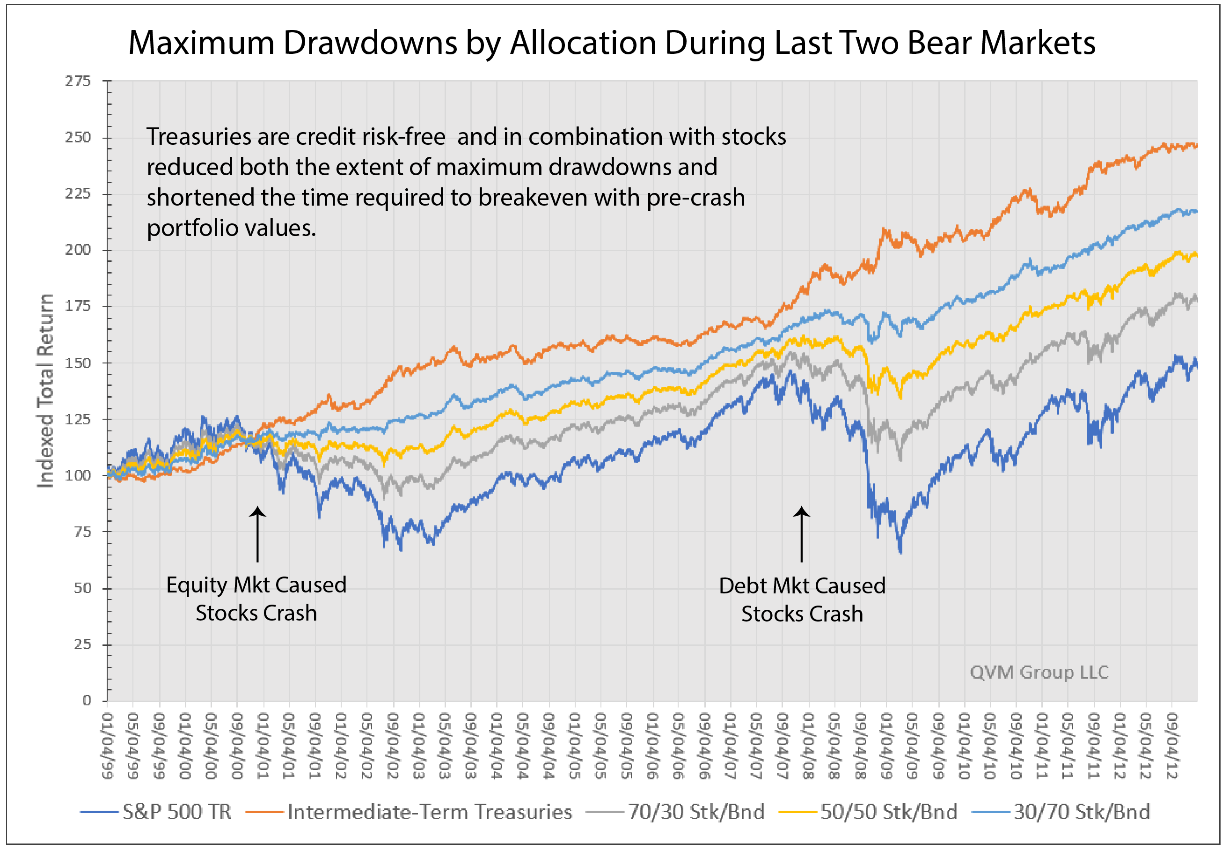

Potential advantages: This approach is a simple formula to follow. That gives you $40,000 to spend for the year. Let’s say you have a portfolio of $1 million dollars, and you decide to take out 4% every year. On the other hand, if the percentage is too high, you risk depleting your assets prematurely. While this method creates a certain amount of uncertainty, if you choose a percentage below the anticipated rate of return, you could actually grow your income and account value. The dollar amount of the distribution will vary, based on the underlying value of your portfolio. What are fixed-percentage withdrawals?Īnother approach is to withdraw a set percentage of your portfolio annually. Additionally, in a down market, you may have to liquidate more assets to meet your fixed-dollar withdrawal.įor illustrative purposes only. Potential disadvantages: This approach doesn’t protect against inflation for example, $40,000 may not have the same purchasing power from one year to the next. If you arrange a fixed-dollar withdrawal from an IRA account, federal taxes can be automatically withheld. Potential advantages: This approach can simplify your personal money management. Moreover, if your investments are down in value due to market volatility, you may need to sell more of your assets to meet your withdrawal needs. While this provides predictable annual income (which can help you budget accordingly), it doesn’t do much to protect against inflation and depending on the dollar amount you choose, you could erode your principal. For example, you might decide to withdraw $40,000 annually and then reassess the dollar amount at the end of a five-year period. Some retirees take out a fixed dollar amount over a specific period of time. Indeed, if you retire at the onset of a steep stock market decline, you risk depleting your savings early. Potential disadvantages: Lately, this approach has been criticized for not considering the effects of rising interest rates and market volatility.


Many retirees value this strategy because it’s simple to follow and gives you a predictable amount of income each year. Potential advantages: This has been a longstanding retirement withdrawal strategy.
#Drawdown investments plus#
The third year, you would withdraw $41,616 (the previous year’s amount, plus 2%), and so on. The second year, you would take out $40,800 (the original amount plus 2%). In subsequent years, tack on an additional 2% to adjust for inflation.įor example, if you have $1 million saved under this strategy, you would withdraw $40,000 during your first year in retirement. The 4% rule is when you withdraw 4% of your retirement savings in your first year of retirement. What is a withdrawal “buckets” strategy?.Whether you’re invested in an IRA, a 401(k) or another type of plan, you can establish a strategy for withdrawal designed to provide the income you need to fund your retirement. Once you start taking RMDs, your withdrawals will be taxed as ordinary income. You’re required to start taking RMDs from your 401(k) when you reach age 70 ½ (unless you’re still working, under some plans). When do I have to start making withdrawals from my 401(k)? If you need access to your funds before then, you can make an early withdrawal, but you’ll incur an additional 10% early withdrawal tax penalty, unless an exception applies. With a 401(k), you can start to make penalty-free withdrawals when you turn 59 ½. When can I start withdrawing money from my 401(k)? Your money grows tax-free, since contributions are made from after-tax dollars, and your withdrawals in retirement aren't taxed. If you fail to make withdrawals that meet the RMD standards, you may be subject to a 50% excise tax. You can withdraw more than the RMD amount, but withdrawals from a Traditional IRA are included in your taxable income. The amount that you’re required to withdraw is called a required minimum distribution (RMD). Roth IRAs, however, don’t require withdrawals until the owner of the account dies. Generally, you’re required to start taking withdrawals from your traditional IRA when you reach age 70 ½ (unless you’re still working, under some plans). You can’t keep your funds in a retirement account indefinitely. When do I have to start making withdrawals from my IRA? If you need to access your funds before then, you can make an early withdrawal, but you’ll incur an additional 10% early withdrawal tax penalty, unless an exception applies. You can start to make penalty-free withdrawals from your IRA when you turn 59 ½. When can I start withdrawing money from my IRA? Particularly, withdrawals from 401(k)s are very different Traditional and Roth IRAs. Each kind of retirement savings account has its own withdrawal rules.


 0 kommentar(er)
0 kommentar(er)
